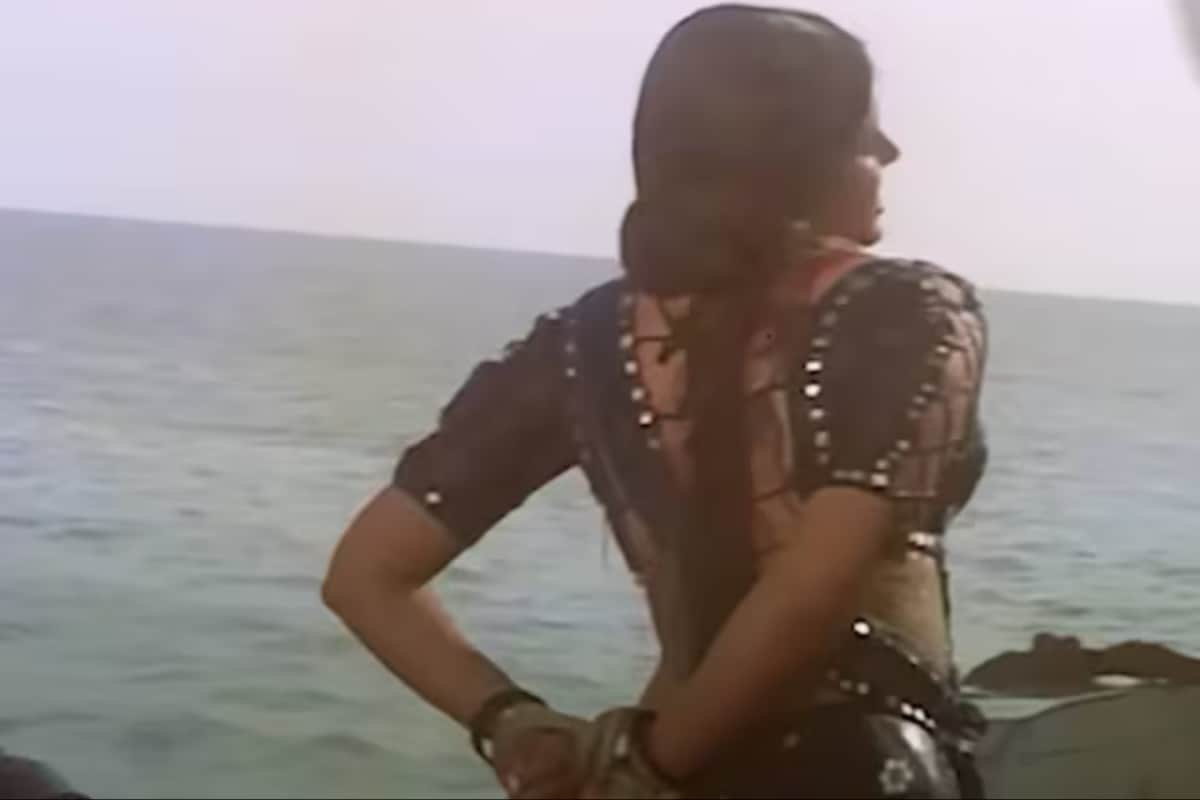

In the annals of Indian cinema, 1975 remains a landmark year, primarily remembered for the release of Ramesh Sippy's epic action-adventure film, "Sholay". However, amidst the "Sholay" mania, another film quietly emerged, defying expectations and achieving remarkable success: "Jai Santoshi Maa". Released on the same day as "Sholay," August 15, 1975, this devotional film, made on a shoestring budget, not only held its own against the mega-budget "Sholay" but also surpassed it in terms of percentage of profit.
"Sholay," a "Curry Western" starring a stellar cast including Amitabh Bachchan, Dharmendra, Hema Malini, and Amjad Khan, was mounted on a budget of ₹2.5 crore. It earned ₹15 crore, yielding a 500% profit. While "Sholay" eventually became a blockbuster and one of the highest-grossing Indian films of all time, its initial reception was lukewarm. In fact, some critics initially declared it a box office failure.
"Jai Santoshi Maa," on the other hand, was a low-budget film made with ₹30 lakh. It revolved around Santoshi Maa, the goddess of satisfaction. Despite its modest scale, the film struck a chord with audiences, particularly women, and became a surprise hit. It collected ₹5.25 crore, resulting in a staggering 1616% profit. This difference in profit margin meant that "Jai Santoshi Maa" generated 223% higher profit than "Sholay".
The success of "Jai Santoshi Maa" can be attributed to several factors. First, its devotional theme resonated deeply with the Indian populace, offering a simple yet powerful narrative of faith and divine intervention. The film's music, composed of devotional songs, also became immensely popular, further fueling its success. Moreover, "Jai Santoshi Maa" was released at a time when social and religious sentiments were strong, and it tapped into this cultural zeitgeist effectively.
In contrast, "Sholay" was a technically superior film with grander production values and a broader canvas. Its appeal was more universal, attracting a wider audience base. However, its initial slow start allowed "Jai Santoshi Maa" to gain momentum and establish itself as a viable alternative.
The clash between "Sholay" and "Jai Santoshi Maa" at the box office highlights the diverse tastes and preferences of the Indian audience. While "Sholay" went on to become an iconic film, celebrated for its action sequences, memorable dialogues, and strong performances, "Jai Santoshi Maa" carved its own niche by catering to a specific segment of the population with its religious theme and simple storytelling.
Even though "Sholay" is still considered one of the most-watched Indian films in theaters with approximately 15 crore tickets sold during its initial release, "Sooryavansham" has an estimated 100 crore views across different platforms. The bulk of those views come from YouTube.
The story of "Jai Santoshi Maa" beating "Sholay" in percentage of profit at the box office serves as a reminder that success in cinema is not always determined by budget or star power. Sometimes, a film's ability to connect with the audience on an emotional and cultural level can be the key to unlocking unexpected triumphs.